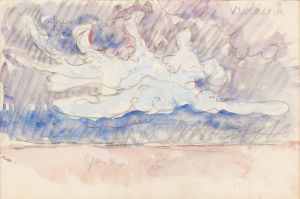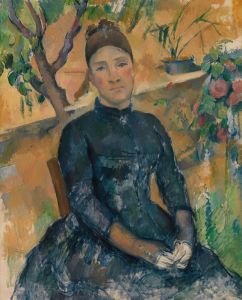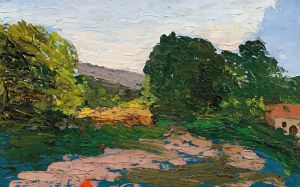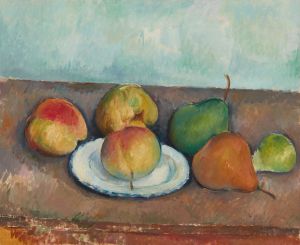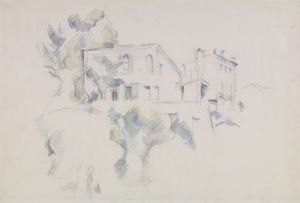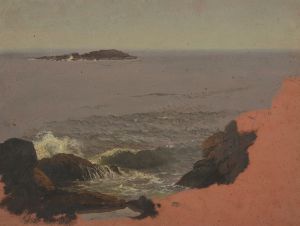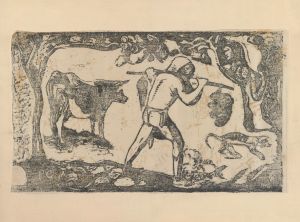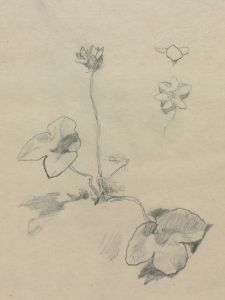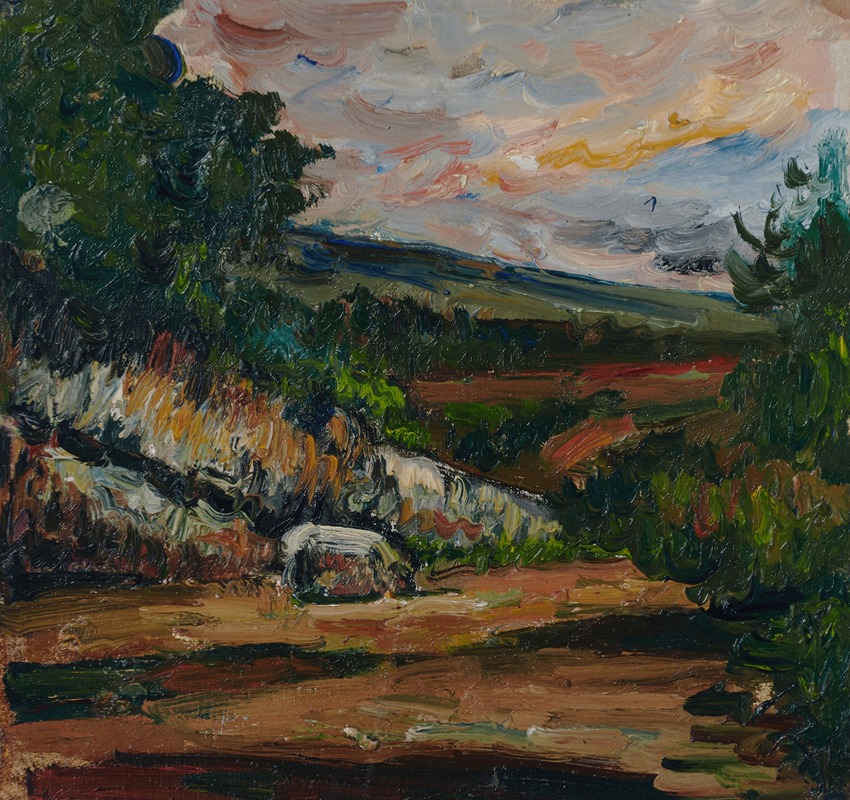
Paysage
A hand-painted replica of Paul Cézanne’s masterpiece Paysage, meticulously crafted by professional artists to capture the true essence of the original. Each piece is created with museum-quality canvas and rare mineral pigments, carefully painted by experienced artists with delicate brushstrokes and rich, layered colors to perfectly recreate the texture of the original artwork. Unlike machine-printed reproductions, this hand-painted version brings the painting to life, infused with the artist’s emotions and skill in every stroke. Whether for personal collection or home decoration, it instantly elevates the artistic atmosphere of any space.
Paul Cézanne's "Paysage" is a notable example of the artist's innovative approach to landscape painting, which played a crucial role in the transition from 19th-century Impressionism to 20th-century Cubism. Cézanne, a French Post-Impressionist painter, is renowned for his distinctive method of building form with color and his analytical approach to nature, which laid the groundwork for the modern art movement.
"Paysage," which translates to "Landscape" in English, exemplifies Cézanne's dedication to capturing the essence of the natural world through his unique artistic lens. Although specific details about this particular painting, such as its creation date or current location, might not be widely documented, it is consistent with Cézanne's broader body of work that often features the Provençal landscape of southern France. This region, with its rolling hills, lush vegetation, and distinctive light, provided Cézanne with endless inspiration and a rich tapestry of forms and colors to explore.
Cézanne's landscapes are characterized by their structured composition and the use of geometric shapes to represent natural forms. This approach marked a departure from the more fluid and spontaneous brushwork of the Impressionists. In "Paysage," as in many of his other works, Cézanne employs a technique of layering brushstrokes to build up the surface of the canvas, creating a sense of depth and solidity. His use of color is both subtle and complex, with a palette that often includes muted greens, blues, and earth tones, reflecting the natural hues of the landscape.
One of the defining features of Cézanne's landscapes is his treatment of perspective. Rather than adhering to the traditional linear perspective, Cézanne often flattened the spatial planes, creating a sense of ambiguity and tension within the composition. This technique invites viewers to engage with the painting in a more active manner, as they must piece together the spatial relationships between objects themselves. This innovative approach to perspective was highly influential on later artists, particularly the Cubists, who further deconstructed form and space in their work.
Cézanne's influence extends beyond his technical innovations; his philosophical approach to painting also left a lasting impact on the art world. He viewed painting as a means of exploring and understanding the underlying structure of the natural world, rather than merely capturing its surface appearance. This perspective resonated with many artists who followed him, contributing to the development of modern art movements that prioritized conceptual exploration over realistic representation.
While specific information about "Paysage" may be limited, the painting can be appreciated as part of Cézanne's broader exploration of landscape and his enduring legacy in the art world. His work continues to be celebrated for its pioneering spirit and its profound influence on the trajectory of modern art. Through his landscapes, Cézanne not only captured the beauty of the natural world but also challenged and expanded the possibilities of painting, paving the way for future generations of artists.





